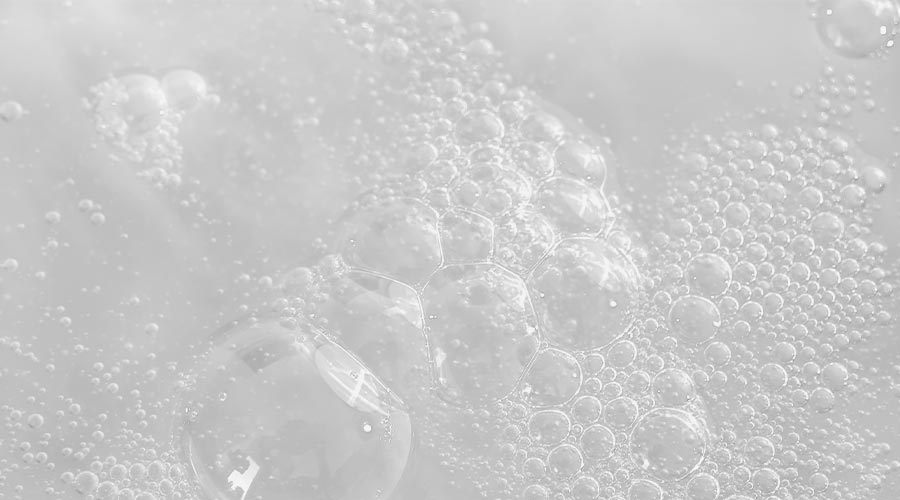
The biosurfactants market was valued for $1.9 billion in 2022 and is estimated to reach $3.2 billion by 2032, exhibiting a compound annual growth rate (CAGR) of 5.4 percent from 2023 to 2032. The market is driven by stringent regulations imposed on synthetic detergents. Both developed and developing economies are imposing regulations and acts to reduce and mitigate the environmental impacts caused by synthetic surfactants. Biosurfactants are often produced from renewable resources such as plant oils, microbial fermentation, and other bio-based feedstocks.
Prime Growth Factors
The global biosurfactants market is driven by robust demand from pharmaceutical sector. The rapid increase in population, rise in pharmaceuticals R&D, up-gradation in technology, increase in focus in the healthcare field in developed & developing nations such as the U.S., China, and India, and rise in the incidence rate of chronic disorder have surged the demand for biosurfactants in the pharmaceutical sector. Biosurfactants such as glycolipids or lipopeptides are widely used as drug delivery molecules, gene transfection, binding immunoglobulins, and others in the growing biomedical field. Thus, the growth of pharmaceutical sector may lead the biosurfactants market to witness a significant growth in demand. However, high costs of biosurfactants may restrain the growth of the biosurfactants market.
Glycolipids and Detergents Front-and-Center
Based on type, the glycolipids segment accounted for the largest share in 2022, contributing to more than half of the global biosurfactants market revenue. Glycolipids play a crucial role in various biological processes, including cell recognition, signaling, and immune response. Researchers and pharmaceutical companies may be increasingly interested in studying and developing glycolipids for therapeutic purposes, leading to an increased demand.
Based on the application, the detergent segment accounted for the largest share in 2022, contributing to more than half of the global biosurfactants market revenue. One of the primary advantages of biosurfactants is their biodegradability. Unlike some synthetic surfactants, biosurfactants are typically derived from renewable resources and can be broken down by natural processes. This characteristic is appealing in the context of environmentally friendly and sustainable detergent formulations.
Key Regions Embracing Biosurfactants
Asia-Pacific held the highest market share in terms of revenue in 2022, accounting for more than three-seventh of the global biosurfactants market and is projected to register the highest CAGR of 5.8 percent during the forecast period. The Asia-Pacific region has shown an increasing interest in sustainable and environmentally friendly products across various industries, including the detergent and cleaning sector. Furthermore, consumer awareness regarding the environmental impact of household products has been on the rise. This has led to a demand for greener and safer alternatives in cleaning and personal care products. Biosurfactants, being derived from renewable resources and often produced through environmentally friendly processes, may gain traction in response to consumer preferences.
Read up on additional trends on biosurfactants here.

 The Down and Dirty on Cleaning in Virus Season
The Down and Dirty on Cleaning in Virus Season How Surfactant Use is Expanding in Commercial Cleaning
How Surfactant Use is Expanding in Commercial Cleaning Maximize Your Margins: Learn How to Automate Pricing and Track Rebates
Maximize Your Margins: Learn How to Automate Pricing and Track Rebates